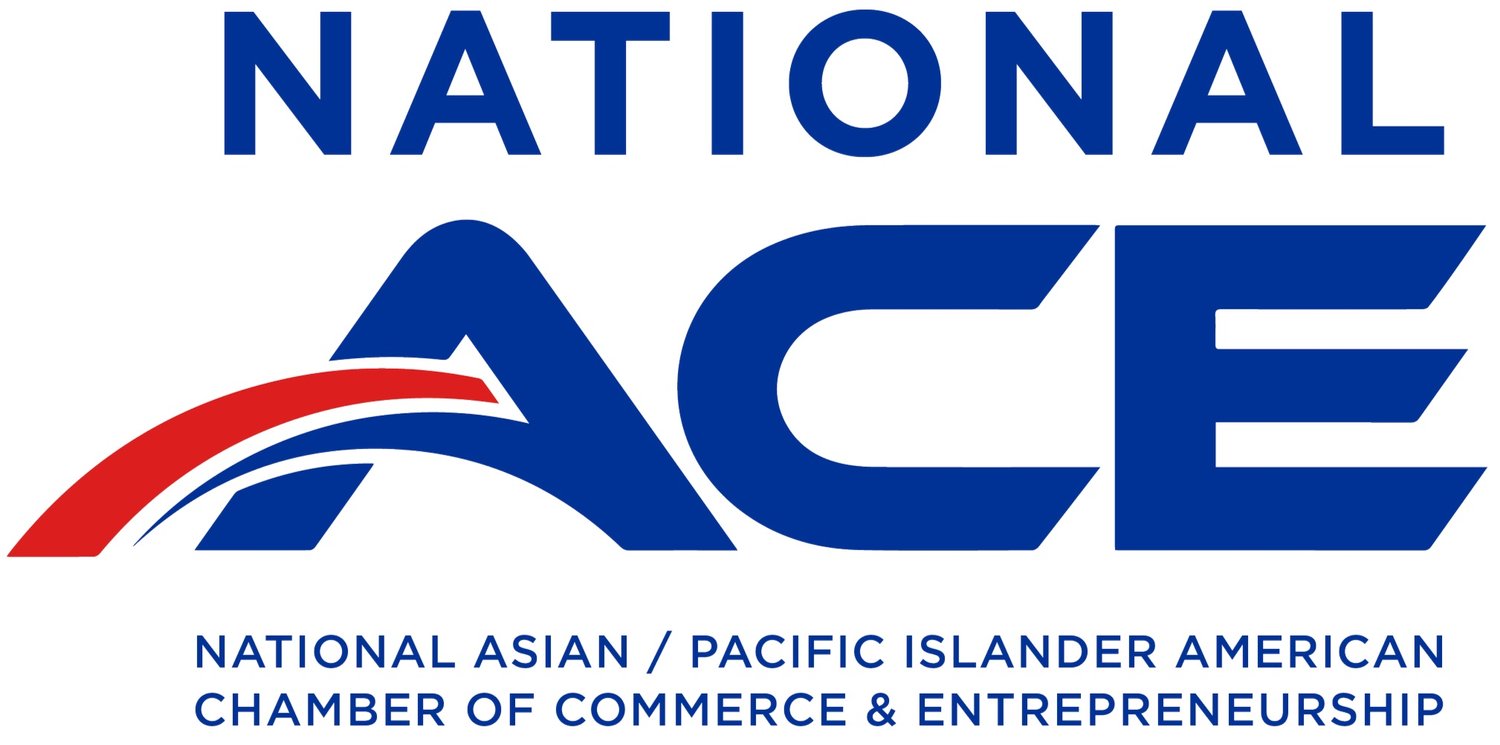The History of Asian/Pacific American Heritage Month
May 1st marked the start of APA Heritage Month, a national celebration meant to honor the variety of Asian American, Pacific Islander, and Native Hawaiian communities here in the United States. The history of this celebration goes back to the late 1970s, when both New York Rep. Frank Horton and Hawaii Senator Daniel Inouye proposed different resolutions to designate ten days at the beginning of May as Asian/Pacific American Heritage week. Neither of these passed initially, but Representative Horton proposed another resolution the following year requesting the President declare the celebration for 1979, which President Jimmy Carter signed as Public Law 95-419 on October 5, 1978. President George H. W. Bush then extended the celebration to a full month in 1992. May was picked for the celebration because of two significant dates in the beginning of the month: May 7 and May 10.
First Japanese Immigrant
On May 7th, 1843, the first Japanese immigrant arrived in the United States. His name was Manjiro, and he was a 14 year old fisherman rescued from a shipwreck by an American whaling ship. Later, American Capt. William Whitfield adopted him and brought him back to his home in Massachusetts. Manjiro eventually returned to his home country of Japan, where he lived as a samurai and emissary between Japan and the West. He served as a translator and diplomatic consultant during the Commodore Perry standoff, and became a professor of English and navigation. His life story is told in his autobiographical account Hyoson Kiryaku, Drifting toward the Southeast: A Story of Five Castaways.
Chinese Workers on the Transcontinental Railroad
On May 10th, 1869, the Transcontinental Railroad was finished in Promontory, Utah, an achievement which couldn’t have happened without the 20,000 Chinese immigrants on the project. While many people immigrated from China during the California Gold Rush, it was difficult for them to find work at first due to discrimination. But when very few white laborers responded to job ads promoting work on the railroad line, the Central Pacific railroad turned to the large Chinese population in the West. Within 2 years, 90% of the labor force on the railroad were Chinese. Transportation connecting the East and West coasts would have been impossible without the thousands of Chinese workers who made it happen.
This month presents time to reflect on and celebrate the achievements of Asian American, Pacific Islander, and Native Hawaiian citizens. Be sure to engage with the resources below to learn more about AANHPI history.
https://web.stanford.edu/group/chineserailroad/cgi-bin/website/
https://www.census.gov/newsroom/facts-for-features/2019/asian-american-pacific-islander.html


